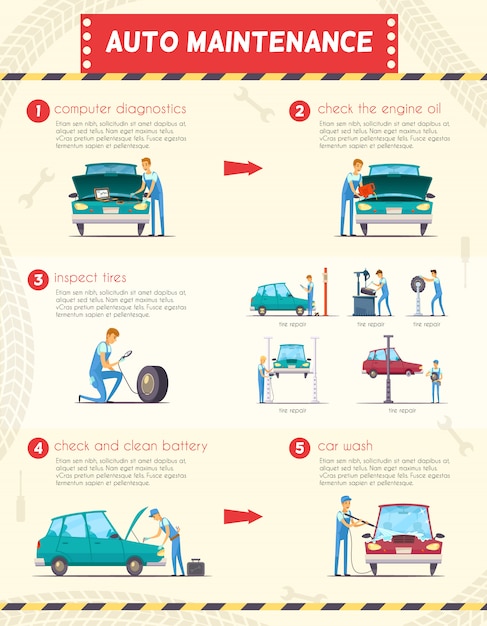Understanding The Significance Behind Your Car'S Caution Lighting: A Thorough Appearance
Understanding The Significance Behind Your Car'S Caution Lighting: A Thorough Appearance
Blog Article
Web Content By-Lim Shepherd
When you're behind the wheel, those beautiful caution lights on your dashboard can be a little bit puzzling. Do you understand what they're trying to tell you about your automobile's health? Recognizing the importance of these lights is essential for your safety and the longevity of your automobile. So, the following time among those lights appears, would not you want to decode its message accurately and take the essential steps to resolve it?
Common Caution Lights and Interpretations
Identify typical warning lights in your automobile and understand their significances to make sure safe driving.
One of the most common caution lights include the check engine light, which signals concerns with the engine or discharges system. If this light comes on, it's vital to have your vehicle inspected without delay.
The oil stress alerting light indicates low oil stress, needing instant interest to stop engine damages.
A flashing battery light might recommend a damaged billing system, potentially leaving you stranded otherwise dealt with.
The tire stress surveillance system (TPMS) light notifies you to reduced tire stress, affecting car stability and gas performance. Overlooking this could lead to unsafe driving problems.
The ABS light shows a trouble with the anti-lock stopping system, endangering your capacity to stop rapidly in emergency situations.
Finally, the coolant temperature advising light warns of engine getting too hot, which can lead to severe damage otherwise resolved quickly.
Recognizing these common warning lights will certainly help you resolve concerns promptly and preserve secure driving conditions.
Importance of Prompt Focus
Recognizing the usual warning lights in your cars and truck is just the very first step; the significance of promptly addressing these cautions can not be stressed sufficient to ensure your safety and security on the road.
When cargrooming brightens on your control panel, it's your auto's method of communicating a prospective concern that needs interest. Ignoring these warnings can result in more serious problems in the future, endangering your safety and security and potentially costing you extra out of commission.
Prompt focus to cautioning lights can protect against breakdowns and crashes. As an example, a blinking check engine light might suggest a misfire that, if left unattended, could trigger damage to the catalytic converter. Addressing this immediately can save you from a pricey repair work.
Likewise, a brake system warning light could indicate reduced brake fluid or worn brake pads, important parts for your safety when driving.
Do It Yourself Troubleshooting Tips
If you discover a warning light on your dashboard, there are a couple of DIY repairing suggestions you can attempt prior to seeking expert aid.
The very first step is to consult your car's handbook to recognize what the certain caution light indicates. Sometimes the issue can be as basic as a loosened gas cap activating the check engine light. Tightening the gas cap may solve the issue.
Another common concern is a reduced battery, which can set off different advising lights. Inspecting https://www.wealthmanagement.com/net-lease/investment-activity-automotive-net-lease-assets-speeds for rust and ensuring they're secure may deal with the trouble.
If a caution light persists, you can try resetting it by separating the auto's battery for a couple of mins and after that reconnecting it. In addition, checking your vehicle's liquid degrees, such as oil, coolant, and brake fluid, can aid troubleshoot alerting lights associated with these systems.
Conclusion
To conclude, comprehending your cars and truck's caution lights is necessary for maintaining your automobile running smoothly and securely. By promptly addressing these signals and understanding what they imply, you can stay clear of costly repair services and potential break downs.
Remember to consult your automobile's manual for specific details on each advising light and take action appropriately to ensure a hassle-free driving experience.
Keep educated, remain risk-free when driving!
